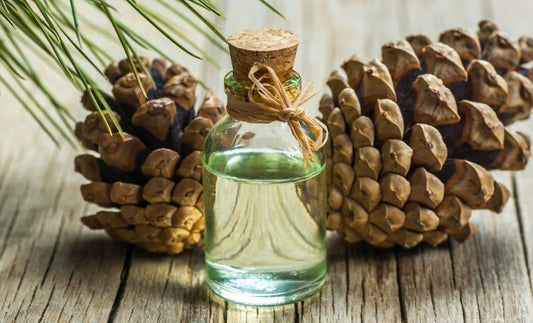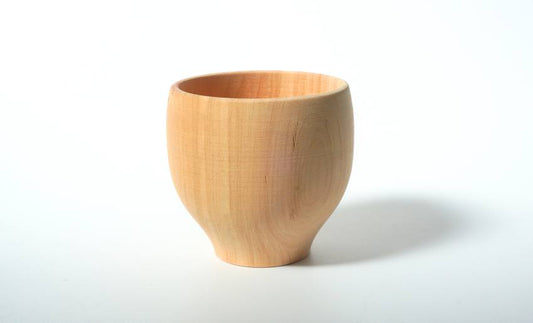Tsugu Tsugu Columns

Philosophy of Kintsugi in the Age of AI: The Va...
In the age of AI, what does Kintsugi truly offer? Revisiting and expanding on earlier thoughts, this essay reflects on real encounters in Kyoto to explore the philosophy of Kintsugi, wabi-sabi,...
Philosophy of Kintsugi in the Age of AI: The Va...
In the age of AI, what does Kintsugi truly offer? Revisiting and expanding on earlier thoughts, this essay reflects on real encounters in Kyoto to explore the philosophy of Kintsugi, wabi-sabi,...

Kintsugi Pop-Up in Kyoto — A 16-Day Limited Eve...
Dates: November 1–16, 2025 | 6-minute walk from Kyoto Kawaramachi Station Discover the timeless Japanese art of Kintsugi — the practice of repairing broken pottery with natural lacquer and gold...
Kintsugi Pop-Up in Kyoto — A 16-Day Limited Eve...
Dates: November 1–16, 2025 | 6-minute walk from Kyoto Kawaramachi Station Discover the timeless Japanese art of Kintsugi — the practice of repairing broken pottery with natural lacquer and gold...

Still Using Turpentine for Kintsugi? – The Pros...
Why Our Kit Does Not Include Turpentine We sometimes receive questions like:“I saw some books and websites using turpentine for kintsugi. Why isn’t it in your kit?”“Don’t professional craftsmen use...
Still Using Turpentine for Kintsugi? – The Pros...
Why Our Kit Does Not Include Turpentine We sometimes receive questions like:“I saw some books and websites using turpentine for kintsugi. Why isn’t it in your kit?”“Don’t professional craftsmen use...

Urushi Rash: What to Expect and How to Treat It...
Kintsugi is a beautiful and enjoyable craft, but one thing you must be careful about is urushi rash (dermatitis). When urushi (Japanese lacquer) comes into contact with the skin, it can...
Urushi Rash: What to Expect and How to Treat It...
Kintsugi is a beautiful and enjoyable craft, but one thing you must be careful about is urushi rash (dermatitis). When urushi (Japanese lacquer) comes into contact with the skin, it can...

Can Wood and Lacquerware Be Repaired with Kints...
If you're wondering whether kintsugi can be used to repair wooden or lacquerware items, this article has the answers. Can you use Tsugu Kit to repair those? We explain why...
Can Wood and Lacquerware Be Repaired with Kints...
If you're wondering whether kintsugi can be used to repair wooden or lacquerware items, this article has the answers. Can you use Tsugu Kit to repair those? We explain why...

The Top 3 Kintsugi Materials That Run Out Fast—...
Need to restock your kintsugi supplies? Some materials run out faster than others! This article ranks the top three most frequently replenished items and provides tips for efficient usage. Tsugu...
The Top 3 Kintsugi Materials That Run Out Fast—...
Need to restock your kintsugi supplies? Some materials run out faster than others! This article ranks the top three most frequently replenished items and provides tips for efficient usage. Tsugu...
